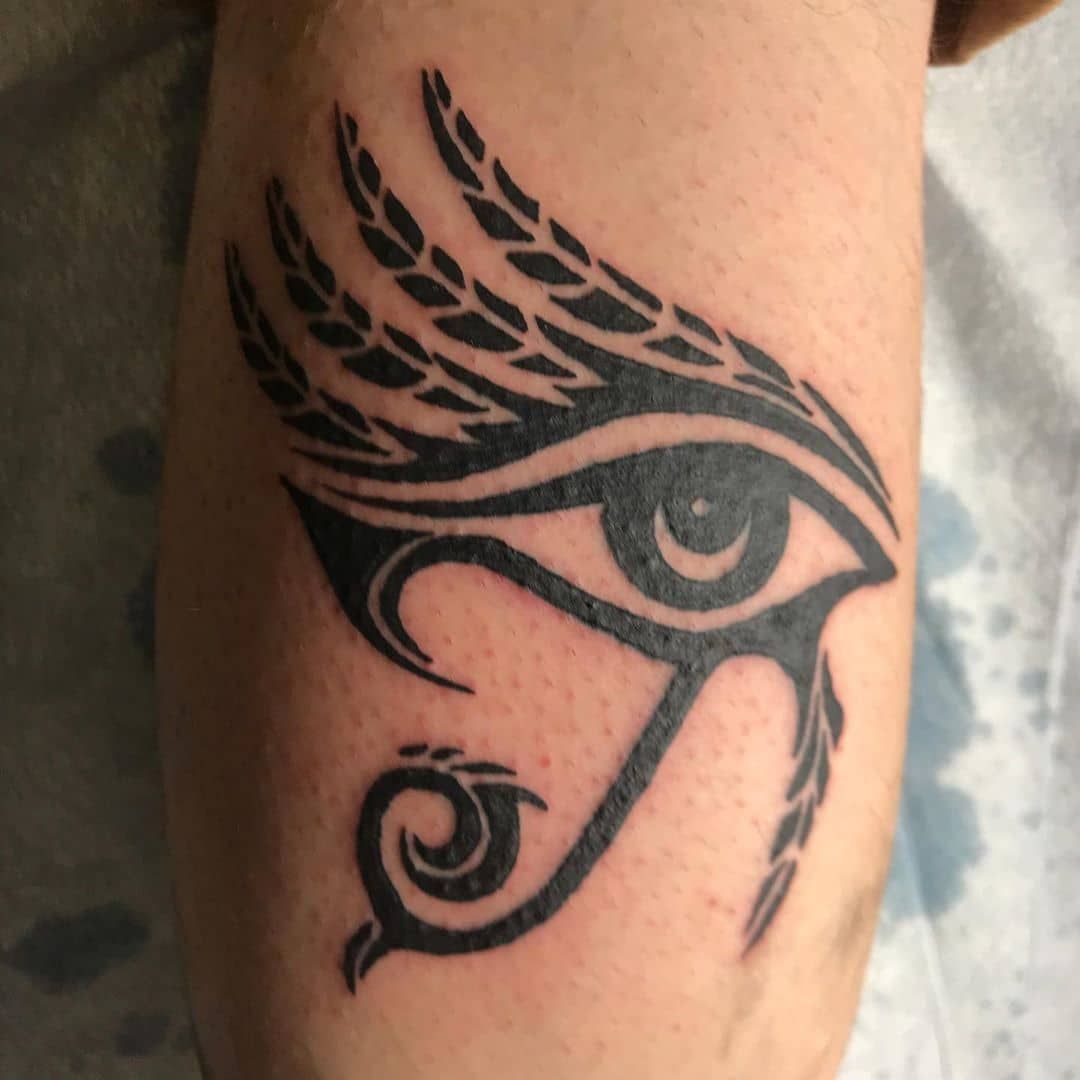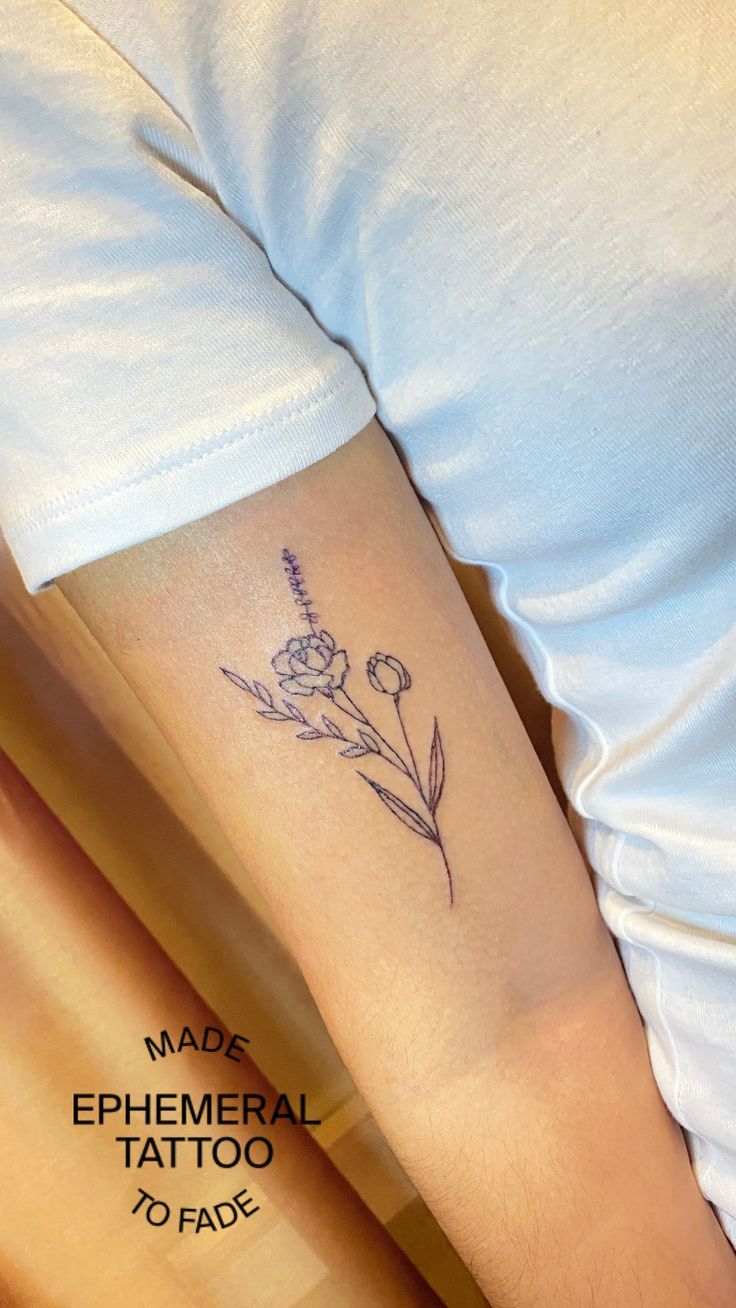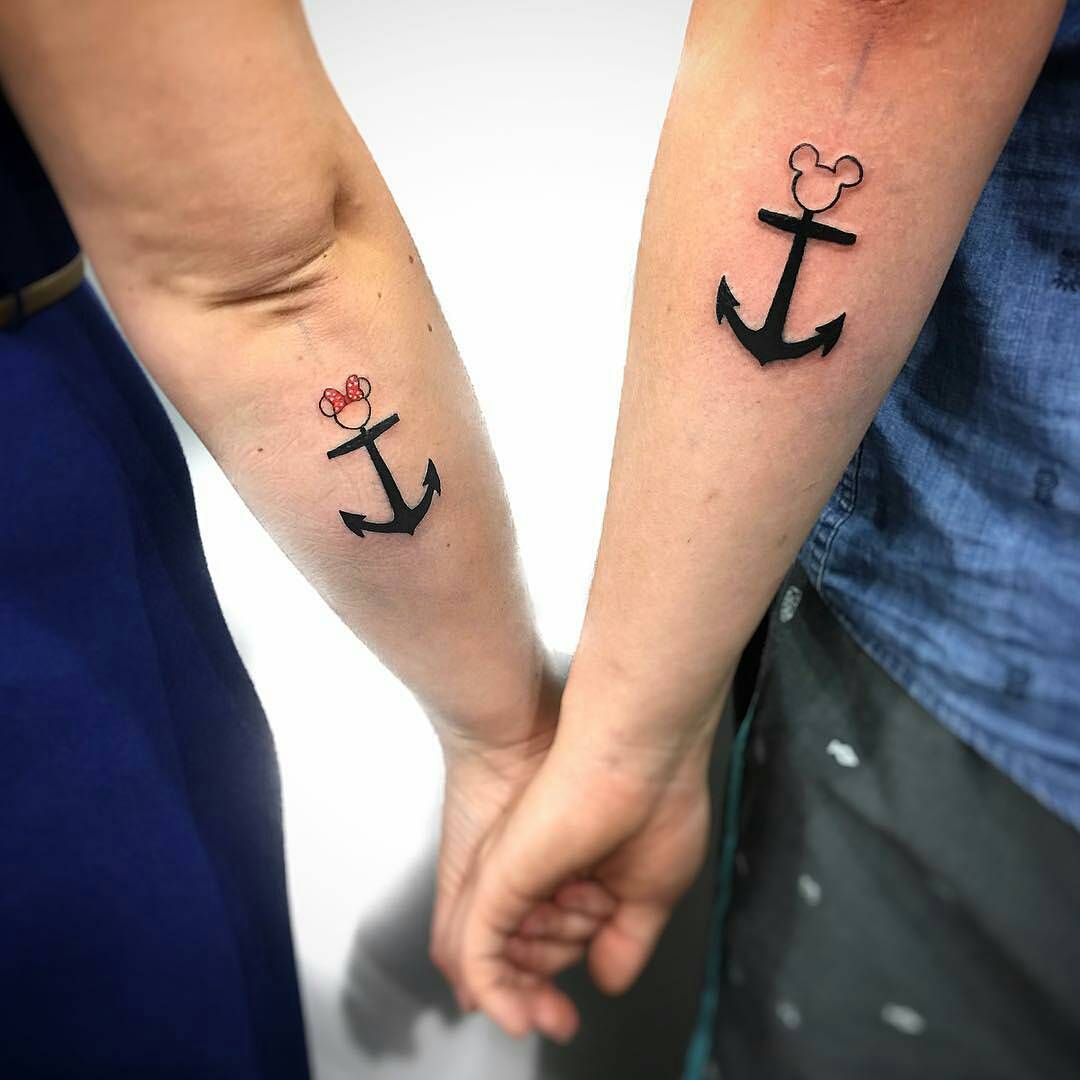Egyptian Eye Of Horus Tattoo: Symbolism and Styles

The Eye of Horus, also known as Wadjet, is an ancient Egyptian symbol of protection, royal power, and good health. It holds a profound place in the tapestry of Egyptian mythology and culture, becoming a popular choice for tattoos among people seeking to embody its rich symbolism. In this comprehensive guide, we'll delve into the deep meanings behind the Eye of Horus, explore various tattoo styles, and provide tips on selecting and caring for your tattoo.
The Symbolism of the Eye of Horus


The Eye of Horus is rich in symbolism:
- Protection: It was believed to ward off evil spirits and offer protection to the wearer.
- Royal Power: Symbolizing the watchful eye of Horus, the falcon-headed god of the sky, it represented the divine right of the pharaohs.
- Health and Prosperity: The eye's fractions were associated with different parts of the body, and its restoration was linked to wholeness and health.
- Knowledge: As Horus was known for his wisdom, the Eye symbolizes a quest for enlightenment.
- Sacrifice: It alludes to the injury and subsequent restoration of Horus's eye during his battle with Set, highlighting themes of loss and regeneration.
Mythological Background

The myth surrounding the Eye of Horus originates from the tale of Osiris, Isis, and their son Horus. After Osiris was killed by his brother Set, Horus fought Set to avenge his father's death. During this epic battle, Horus lost his left eye, which was later restored by Thoth, the god of wisdom. The restored eye then became a symbol of wholeness and offered protection.
Styles of Eye of Horus Tattoos


Here are some popular tattoo styles for the Eye of Horus:
- Traditional Egyptian: This style uses hieroglyphs, Egyptian motifs, and often intricate designs. It's meant to emulate the look found on ancient artifacts.
- Modern Minimalist: Characterized by clean lines and simple black ink, this style suits those who prefer a subtle, understated representation.
- Neo-Traditional: A modern take on classic tattooing, this style uses thick black outlines with a palette of vibrant colors to make the Eye of Horus stand out.
- Realism: Capturing the intricate details of an actual eye or rendering the Eye of Horus in a hyper-realistic manner, providing an almost 3D effect.
- Abstract or Tribal: Incorporating tribal patterns or abstract art, these tattoos can weave the Eye into a larger design, or use its symbolism within a piece.
- Geometric: Using geometric shapes, symmetry, and patterns to create a modern, artistic interpretation of the symbol.
🔍 Note: Choose a style that aligns with your personal aesthetic and the message you want to convey with your tattoo. Tattoo artists specialize in different styles, so select an artist whose portfolio matches your preferred style.
Design Considerations

When getting an Eye of Horus tattoo, consider the following:
- Size: The tattoo can be small and subtle, or large and prominent, depending on your preference.
- Placement: Popular spots include wrists, upper arms, shoulders, or back. Placement affects visibility and what other elements can be incorporated into the design.
- Color: While black and gray are traditional, vibrant colors can add flair. Colored tattoos might require more maintenance to keep looking vibrant.
- Additional Elements: You can combine the Eye of Horus with other symbols like scarabs, ankhs, or even contemporary elements to personalize the tattoo further.
Tattoo Placement and Visibility

The visibility of your tattoo can greatly impact its meaning:
- Visible Spots: Wrists, forearms, neck, or behind the ear make the tattoo easily seen and can spark conversations about its symbolism.
- Private Spots: Lower back, inner thigh, or upper chest might be reserved for more personal significance or when you want control over when to show or hide the tattoo.
Aftercare Tips for Eye of Horus Tattoos

Proper aftercare ensures your tattoo looks its best and heals correctly:
- Clean the Tattoo: Gently wash with mild, fragrance-free soap and pat dry. Avoid soaking the tattoo.
- Moisturize: Use a recommended tattoo healing ointment or unscented lotion to keep the tattoo hydrated.
- Avoid Sun Exposure: Protect your tattoo from the sun until fully healed to prevent color fading.
- Stay Active, But Gentle: Light exercise can aid healing, but avoid contact sports or activities that might irritate the tattoo.
- Touch-Ups: Tattoos fade over time, especially colored ones. A touch-up session might be necessary to maintain vibrancy.
⚠️ Note: If you experience excessive redness, swelling, or discharge, consult a healthcare provider or tattoo artist promptly, as these could indicate an infection.
Incorporating the Eye of Horus into your body art is more than just getting a tattoo; it's embracing a piece of ancient culture with its deep-seated symbolism of protection, wisdom, and wholeness. Whether you choose a traditional representation or a modern reinterpretation, your tattoo can be a daily reminder of these timeless qualities. From the meticulous selection of an artist to thoughtful aftercare, each step ensures that your tattoo will not only look good but also tell a story that resonates with the rich heritage of ancient Egypt. The Eye of Horus is a testament to the enduring power of myths and symbols in shaping human consciousness.
What does the Eye of Horus symbolize?

+
The Eye of Horus symbolizes protection, royal power, health, prosperity, and the quest for knowledge. It’s also associated with the story of Horus regaining his eye after battle, making it a symbol of wholeness and regeneration.
Can the Eye of Horus tattoo be in color?

+
Yes, while black and gray ink is traditional, modern interpretations often use color. Bright and bold colors can make your tattoo stand out, but they might require more touch-ups to maintain vibrancy.
How painful is a tattoo of the Eye of Horus?

+
Pain levels are subjective and depend on placement. Areas with less flesh or those near bones or nerves (like wrists) might be more sensitive. Always consider your pain tolerance when choosing a tattoo location.



